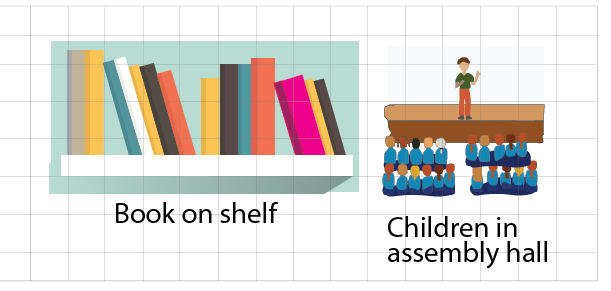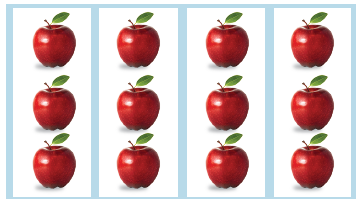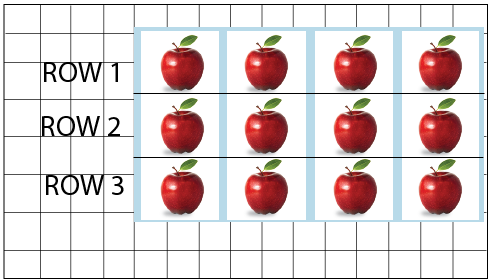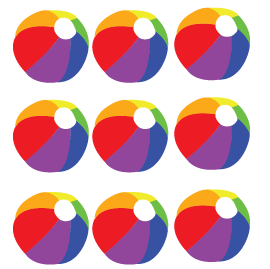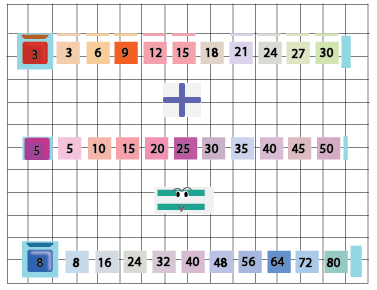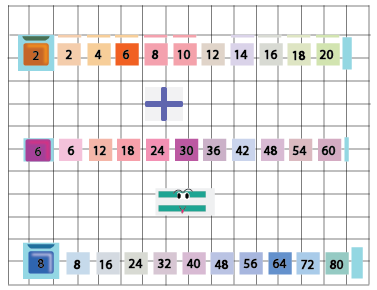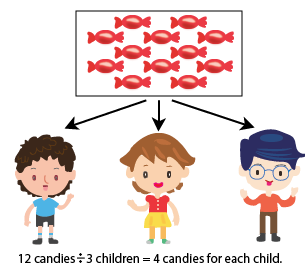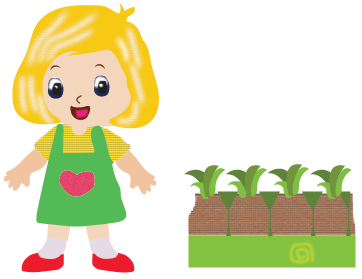An Overview of Cbse Class 4 Maths Notes Chapter 11 Tables And Shares
FAQs on Cbse Class 4 Maths Notes Chapter 11 Tables And Shares
1. Why are tables and shares important in Class 4 Maths Chapter 11?
Tables and shares teach fundamental concepts of multiplication and division, crucial for building mathematical skills.
2. How can I understand and memorize multiplication tables effectively Class 4 chapter 11?
Practice regularly, use visual aids, and engage in interactive learning methods to make memorization enjoyable and lasting.
3. What practical applications do tables and shares have in everyday life in class 4 chapter 11?
Understanding tables helps with calculations in daily tasks, and shares introduce the concept of fair distribution in real-life situations.
4. Are there any fun activities or games to reinforce the concepts of Tables and Shares chapter 11 class 4?
Yes, explore math games, group activities, and real-world scenarios to make learning tables and shares enjoyable and engaging.
5. How can parents support their child's learning of tables and shares at home in class 4 from chapter 11?
Encourage regular practice, provide real-life examples, and celebrate small achievements to foster a positive attitude towards math learning.


















